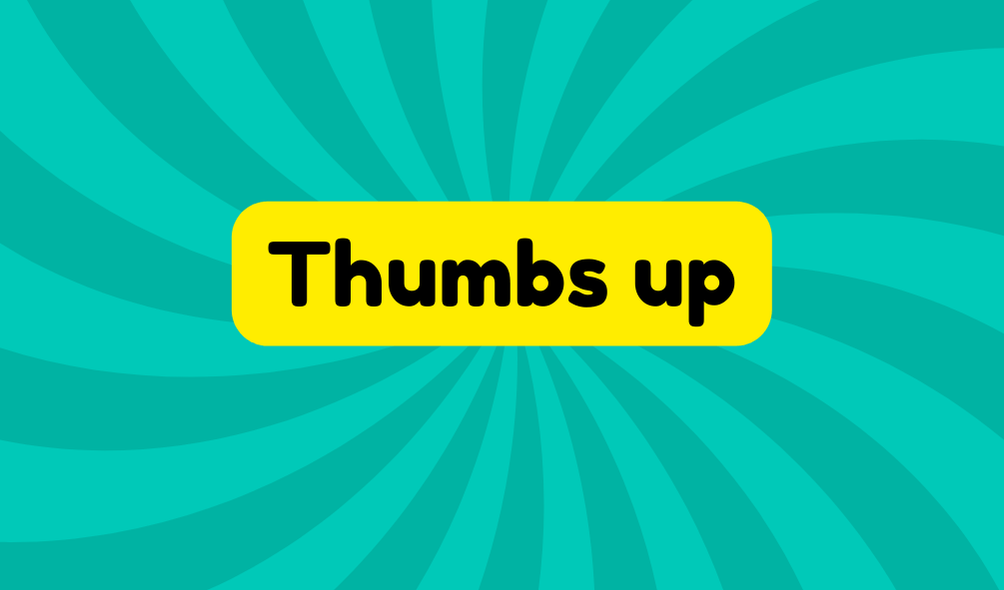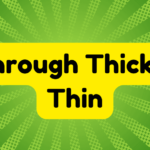The thumbs up gesture is commonly seen as a symbol of approval, often used to convey positive feedback. However, its meaning can differ across cultures and context. Some might misinterpret its intent, leading to confusion. Additionally, overreliance on gestures like this can limit effective communication. While it remains popular, understanding its nuanced implications is imperative. Exploring its origins and various expressions can provide deeper insights into its significance and ongoing relevance today.
Synonyms
The phrase "thumbs up" is often accompanied by various synonyms that convey a similar meaning of approval or encouragement. These alternatives serve as important approval signals in both casual and formal contexts, although they may lack the universal recognition of their counterpart. While innovation in communication is key, reliance solely on gestures like thumbs up can be limiting.
- Positive feedback
- Green light
- Go ahead
- Well done
Incorporating gesture alternatives enriches interpersonal interactions, but understanding their cultural implications guarantees more effective communication. The landscape of human expression is vast; diversifying it can lead to deeper connections.
Example of Sentences
In the domain of communication, using phrases like "thumbs up" can be effective, but it is essential to reflect on how they fit into everyday language. The rise of thumbs up culture invites various interpretations and applications. Consider these examples:
- She received a thumbs up from her peers after the presentation.
- The movie's release was met with an enthusiastic thumbs up from critics.
- He added a thumbs up emoji to signify his approval of the plan.
- Variations of the thumbs up, like the sideways gesture, can confuse intentions.
Understanding these nuances enhances clarity in interactions while embracing innovative expressions.
Origin
Origins can be complex and often contentious, especially when examining the phrase "thumbs up." While many attribute its popular meaning to a gesture of approval, the historical roots are less straightforward. The gesture may trace back to ancient gestures used in Roman gladiatorial contests, yet its significance is often debated among scholars. Some texts indicate ambiguity surrounding whether "thumbs up" signaled approval or a more ominous fate. This highlights the evolving nature of symbols and their social significance, challenging the audience to reflect on how traditional interpretations can innovate and shift through cultural lenses over time.
Collocations
Understanding the phrase "thumbs up" also involves examining its collocations, or the words that commonly accompany it. These collocations reveal the dynamic relationship between body language and verbal cues, highlighting the nuances of social interactions. Some prevalent collocations associated with "thumbs up" include:
- give a thumbs up
- thumbs up gesture
- thumbs up sign
- thumbs up response
Each phrase carries implications that amplify the gesture's meaning, reinforcing approval or support. Such phrases deserve critical exploration, as they shape perceptions in both casual and professional contexts, urging individuals to reflect on the subtleties of communication and cultural understanding.
How to Use in Everyday Language
Using the phrase "thumbs up" in everyday language can convey approval, but it is essential to understand its context and audience. While this gesture often signifies positive feedback in casual conversations, its effectiveness can wane in more serious environments. Misinterpretation can arise when individuals assume a thumbs up universally indicates agreement. Consequently, it's vital to gauge the situation and the people involved. In professional scenarios, alternative expressions or reiterating one's support may be more appropriate. Ultimately, while "thumbs up" is popular, thoughtful communication remains paramount, ensuring that approval is both understood and appreciated.
Why Is It Still Relevant Today?
While the gesture of a thumbs up remains commonplace in various social interactions, its persistence raises questions about its true effectiveness and relevance. The cultural significance of this symbol endures, especially as modern adaptations transform its usage across platforms like social media. From simple affirmations to emojis, the thumbs up has evolved but sometimes lacks depth in conveying genuine approval. Critics argue that its overuse may dilute meaning, overshadowing more nuanced expressions. Nonetheless, its longevity speaks to an inherent desire for recognition and connection in communication, prompting an ongoing exploration of gestures within the rapidly changing landscape of human interaction.







